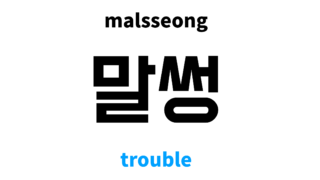 Advance ㅁ
Advance ㅁ trouble in Korean: 말썽’s meaning and pronunciation
trouble in Korean is 말썽. For examples, you can use like [말썽 많은 아이, 말썽이 나다]. In this post you will learn how to pronounce and use trouble in Korean along with examples.
 Advance ㅁ
Advance ㅁ 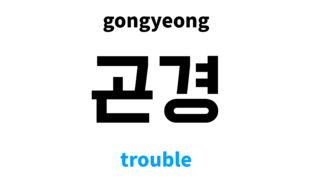 Advance ㄱ
Advance ㄱ 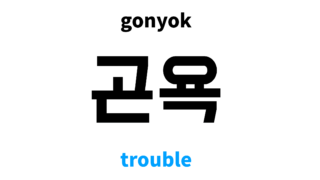 Advance ㄱ
Advance ㄱ 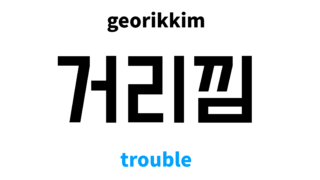 Advance ㄱ
Advance ㄱ 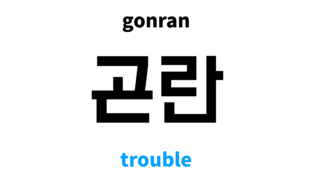 Intermediate Words
Intermediate Words 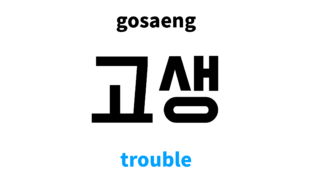 Intermediate Words
Intermediate Words 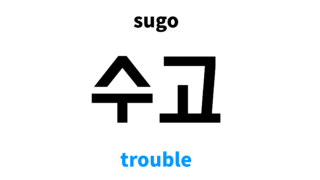 Basic ㅅ
Basic ㅅ